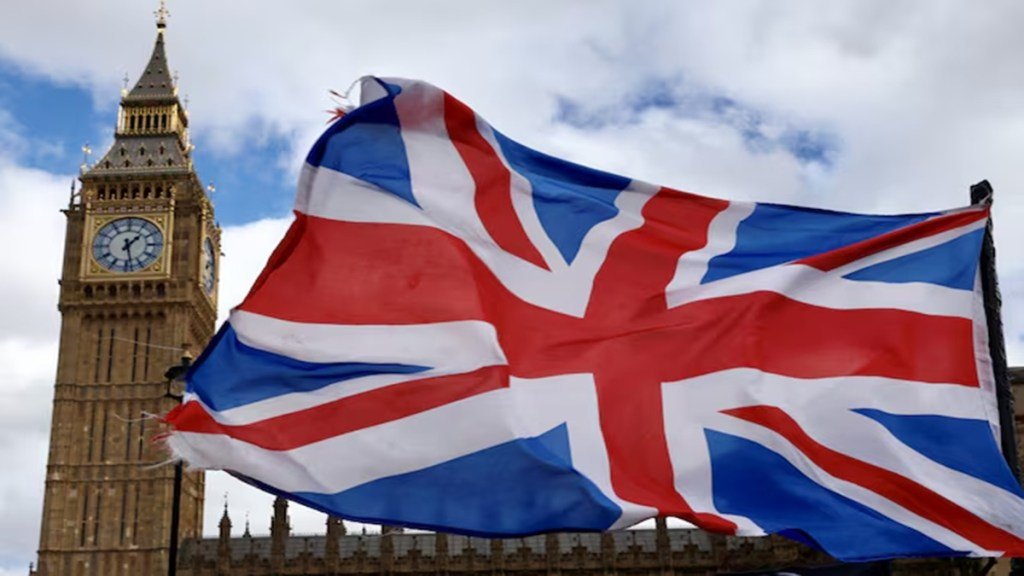
The recent decline in the U.S. stock market following the announcement of new tariffs has raised concerns about the economic outlook. The S&P 500 and Nasdaq, two leading indices, have experienced significant drops, moving into correction territory after falling over ten percent from recent highs. A further decline of the same magnitude would push them into a bear market.
The possibility of a recession in 2025 has gained attention, particularly following the implementation of trade tariffs. When asked about the economic outlook, the president acknowledged the likelihood of a recession, citing structural changes in the economy. The U.S. Treasury Secretary has also indicated that economic turbulence is expected and did not rule out the possibility of a downturn, stating that there are no guarantees against a recession.
Economic data provides insight into the current state of the economy. According to reports, annual real GDP growth in the United States is projected to slow from its recent strong pace to 2.2% in 2025 and 1.6% in 2026. Inflation data from February showed a downward trend, but consumer expectations suggest inflation could rise in the coming year. The University of Michigan’s consumer sentiment index fell to its lowest level since November 2022, reflecting concerns about future price increases.
Consumer spending appears to be weakening. Retail sales increased only 0.2 percent in February, following a 1.2 percent decline in January, suggesting a shift toward more cautious shopping behavior. Business activity is also slowing, with the U.S. Services Purchasing Managers’ Index showing the weakest growth in over a year. A decline in order book growth and backlogs further suggests potential economic weakness in the coming months.
The manufacturing sector has also shown signs of slowing. The ISM Manufacturing PMI fell to 50.3 in February 2025, reflecting subdued demand, stabilization in production, and continued reductions in staffing. GDP growth expectations have been revised downward, with the Atlanta Fed predicting a contraction of -2.1% for the first quarter of 2025, compared to a previous estimate of -1.6%.
The Federal Reserve has signaled a stronger focus on inflationary risks rather than economic growth, indicating that interest rates may remain elevated for an extended period. The delay in potential rate cuts, combined with signs of economic weakness, could further impact business conditions.
Unemployment data also points to potential economic strain. The U.S. unemployment rate rose to 4.1% in February 2025, up from 4.0% in January. According to historical patterns, when the three-month average unemployment rate rises by more than half a percentage point from its lowest point in the past year, a recession is likely, followed by further job losses.
A recession is often defined as two consecutive quarters of economic contraction, as seen in the first half of 2022, but official determinations are made by the National Bureau of Economic Research, which considers broader economic indicators.
Several factors—including trade policies, slowing GDP growth, rising unemployment, weakening consumer sentiment, and declining retail sales—are contributing to concerns about a potential recession. How these trends influence interest rates and the value of the dollar will play a key role in determining the overall economic trajectory.




















